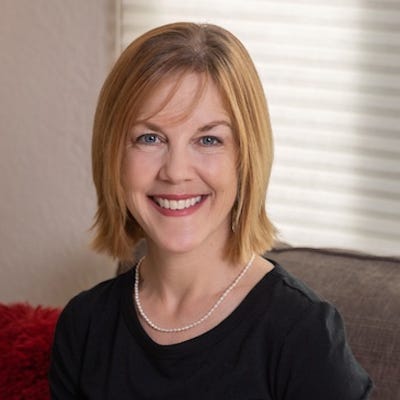The focus at this year's Society of American Gastrointestinal and Endoscopic Surgeons (SAGES) annual meeting centered on robotic foregut and hernia repair procedures, telementoring, and the impact of social media on surgical techniques and education.
March 30, 2017

As with many surgical meetings over the past couple years, robotic surgery took center stage at The Society of American Gastrointestinal and Endoscopic Surgeons (SAGES) annual meeting.
Over four days, March 22-25, in Houston, the talk at SAGES centered on robotic foregut and hernia repair procedures, telementoring, and the impact of social media on surgical techniques and education.
Although cost remains a "moderate" barrier, robotic surgery has the potential to expand the patient pool for minimally invasive hernia procedures. This, coupled with a lower learning curve, "should drive an increasing shift in procedure volume toward robotics," Canaccord Genuity medical device analyst Jason Mills wrote in a March 24 research note. Mills added that there is a compelling opportunity in hernia procedures, especially ventral hernias, with more than 300,000 ventral hernia procedures performed in the United States each year.
SAGES meetings have highlighted robotic hernia procedures since 2014, noted Brandon Henry, CFA, of RBC Capital Markets, in a March 23 research note. With rapid growth in the market, it's clear robotic surgery is no longer on the fringe. "An informal poll taken during the hernia panel confirmed that the vast majority of surgeons in the room believe that robotics is here to stay for hernia repair," Henry wrote.
SAGES Board of Governors member Brian Jacob, MD, FACS, a robotic and minimally invasive general and bariatric surgeon at Mount Sinai Health System in New York, presented data to support the rising trend in robotics. According to Henry's note, Jacob reported 75,000 robotic hernia procedures in 2016, up from 43,000 in 2015. Jacob said he expects that number to reach 109,000 this year.
In an interview shortly after the conference, Jacob said he attributes this growth to surgeons' use of social media to disseminate their work and educate each other, as well as to Intuitive Surgical's dedication to invest in ongoing postgraduate education.
New Products
Considering its presence and investment in robotic surgery, all eyes were on Intuitive Surgical at SAGES 2017. In a March 24 note, Barclays Capital analyst Matthew Taylor reported continued evidence of Intuitive Surgical momentum in general and hernia surgery. Interest remains high in the launch of da Vinci's single-port Sp Surgical System later this year.
According to a March 26 research note from Stifel analyst Rick Wise, Intuitive Surgical anticipates a 510(k) filing for a specific set of urology-related procedures. It also initiated an IDE study for clinically evaluating trans-oral robotic procedures, which will serve as the basis for a future 510(k) filing. "There is a lot of enthusiasm around Intuitive," said Jacob. "It's a volatile company but it will continue to grow."
Cannacord Genuity's Mills said Medtronic will represent Intuitive Surgical's first major competitor in the robotic field. Medtronic reported during an analyst meeting its robotic surgical system remains on schedule to arrive to the United States and Europe by the beginning of fiscal year 2019.
Teleflex held two events to train surgeons on the latest version of its Percuvance Percutaneous Surgical System, launched in August 2016. The percutaneous laparoscopy system is reportedly more versatile and allows for less invasive procedures.
Surgeons Get Social
Although robotic surgery weaved its way into many SAGES discussions, attendees also got a primer in how to leverage social media to enhance their practice and ultimately improve patient care.
During his keynote presentation, "Social Media and Health Care," Jacob discussed his use of closed Facebook groups for surgeons, particularly the International Hernia Collaboration (IHC). The private network facilitates instant global collaboration, real-time discussion, shared learning, and global mentoring.
Jacob started IHC five years ago with nine members. The group now has 3400 vetted members worldwide. He said that due to the volume of posts and cumulative experience of the group, he and IHC will not only know where the future of hernia repair and its devices are headed, they will likely help determine it.
"Next, we need to figure out how to deliver valuable information back to the various stakeholders in each disease state, with the primary focus being to optimize patient outcomes," he said. Jacob is now building a startup company based on the trends learned from IHC and other groups like it.
During its second meeting, in March 2017, IHC recorded a surgical congress using Facebook Live. Members could watch the event live or later. The surgical congress had about 900 live views and more than 2000 total views. "Gone are the days of measuring a lecture by how packed the room is," Jacob said. "What's in is measuring by view counts."
Heather R. Johnson is a freelance writer based in Oakland, California.
[Image courtesy of IMAGERYMAJESTIC/FREEDIGITALPHOTOS.NET]
About the Author(s)
You May Also Like




